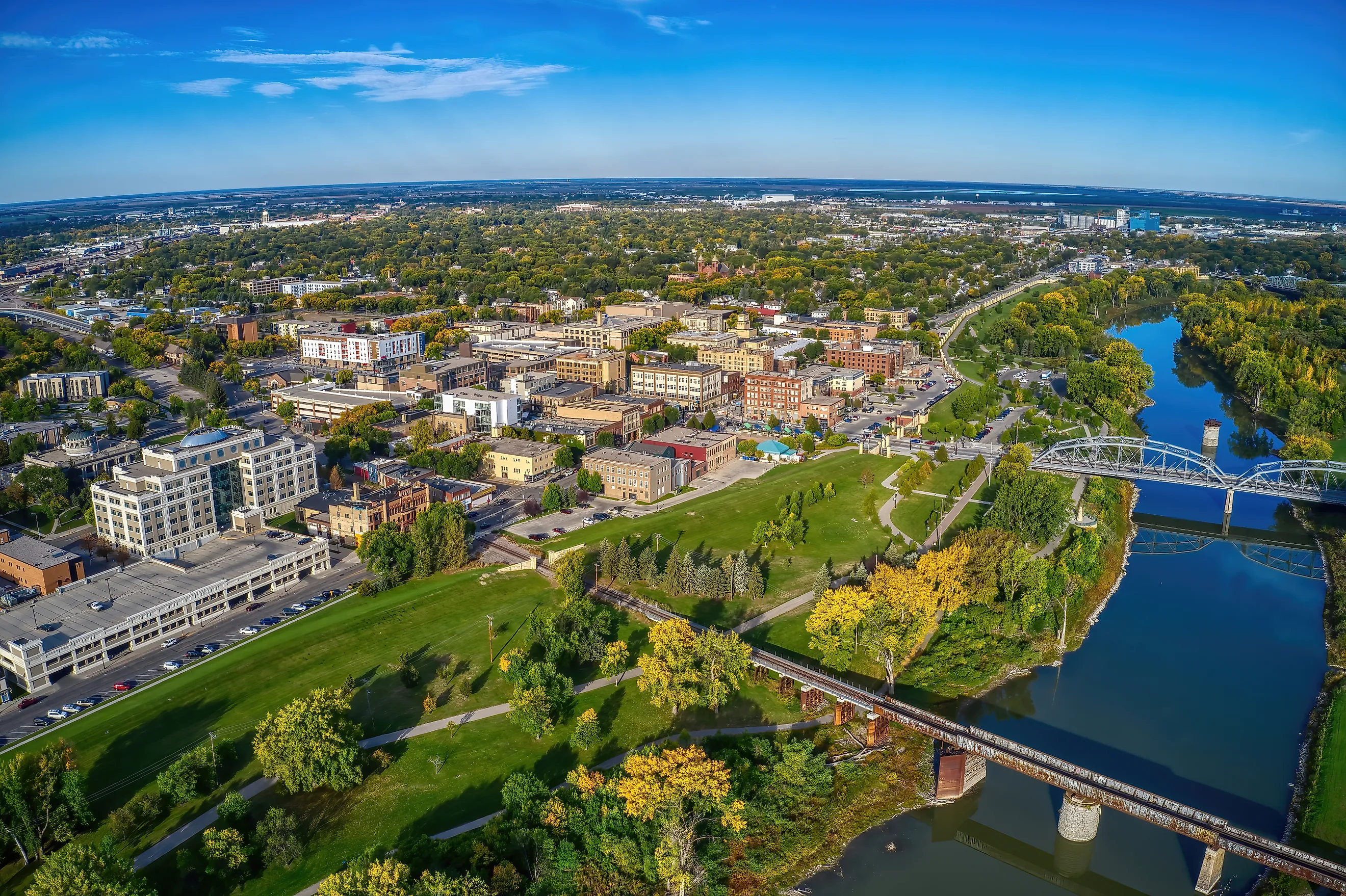24/7 Helpline:
(866) 899-111424/7 Helpline:
(866) 899-1114
Learn more about Partial Hospitalization Program centers in Flasher
Other Categories in Flasher

Other Insurance Options

Covered California

Medical Mutual of Ohio

Sutter

United Health Care

Regence

Meritain

Health Partners

Health Net

Absolute Total Care
Beacon

Optima

Private insurance

Lucent

Molina Healthcare

Horizon Healthcare Service

Optum

Multiplan

Humana

Cigna

Amerigroup











